Part 5
The moment the Nicole & Boy’s II snuggled up to the wharf, a team of “pickers” swarmed her deck; they transferred thousands of our crabs into crates and then, forming a brigade, slid the crates over to a scale where a weigher barked out the results. Dockhands poured the crabs into four-foot high tubs filled with crushed ice. My lens devoured the slashes of color sliding across the frame—lime-green crates, bright orange tubs—a lovely scene, especially for someone from Ireland.
The Nicole & Boy’s II—now 3,700 pounds lighter and, at that day’s price of $5.40/pound, $20,000 richer—puttered off, back to her home dock on Deadmans Pond.
By the 1970s, most of the Buchanan siblings had dispersed broadly throughout Eastern Canada due to poor fishing conditions in their home territory. But curiously, within the single year of 1979—and whether by coincidence or plan nobody could tell me—each one returned. Theresa left her well-paying factory job in Hamilton, Ontario and returned to Bay St. Lawrence with her partner Robert, a steel worker, when she was 19. She applied for one restaurant job and was rejected.
“So,” she said, “I got in a boat and never looked back.”
In the mid-1990s, Bay St. Lawrence attracted an increasing number of fishers, prompting the government to issue licenses by lottery. This arrangement infuriated the entire fishing community. They protested, blockaded the harbor, and eventually forced the government to redistribute licenses: three per family. In Theresa’s case, she had to push Robert to buy the $4,000 licenses—a tremendous investment in those days and especially vexing for Robert since he simply did not love to fish.
But Theresa and Margaret, among the new generation of fishers, had taken over the fishing business by then. They organized companies, formed business plans, and hired scientists to conduct fish surveys and larvae tests. Most critically, and much to the old guard’s dismay, the fisherwomen convinced Canada’s Department of Fisheries and Oceans to increase the minimum lobster carapace length defining a “legal keeper” by eight millimeters, thus allowing the lobsters more years to grow and multiply.
And it paid off. For the next ten years, an eternity in the fishing world, yields were crushingly low, averaging between 4,000-6,000 pounds a year per fisher. But change finally came and when it did it was exponential. The first slight uptick was in 2004; in 2005 the yield doubled. By 2017, Theresa and Coley were bringing in 18,000 lobsters.
“That’s never been heard of before in Bay St. Lawrence,” Margaret said.
Theresa figured the most recent increase in carapace minimum—a single millimeter or the width of an eyelash or two—put several hundred-thousand more dollars into each fisher’s pocket. And the surge continues to this day. Though, by this point, it could be due to both carapace measurements and (or) steadily warming seas.
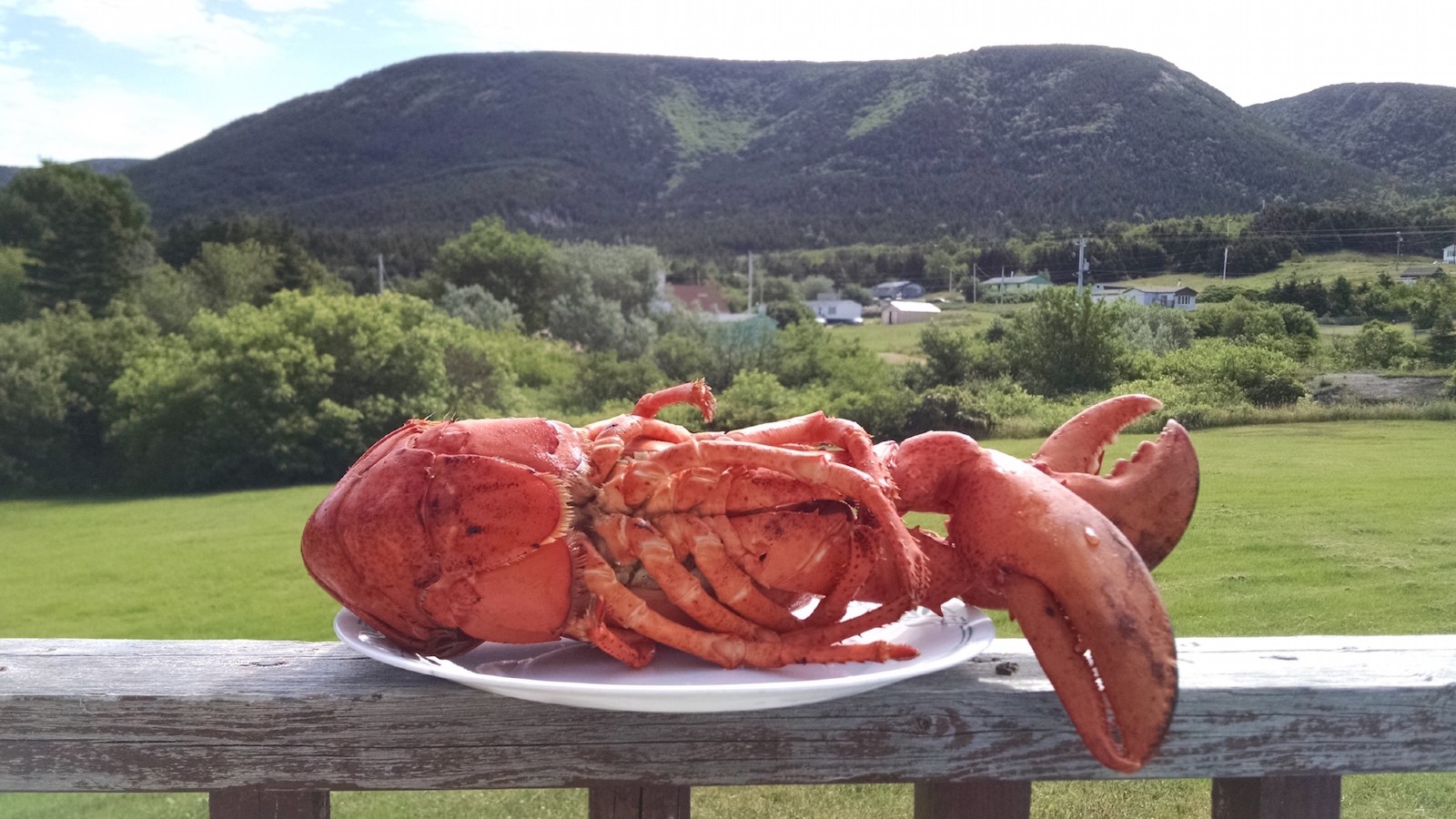





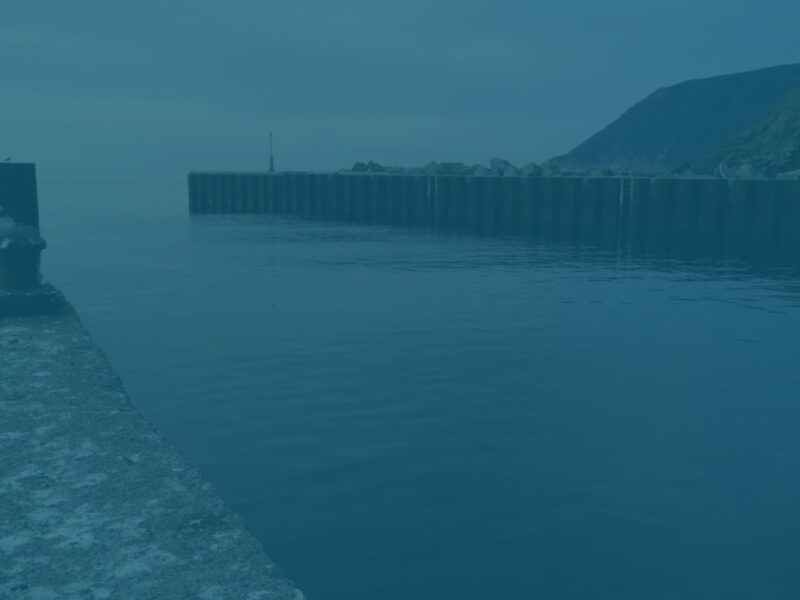
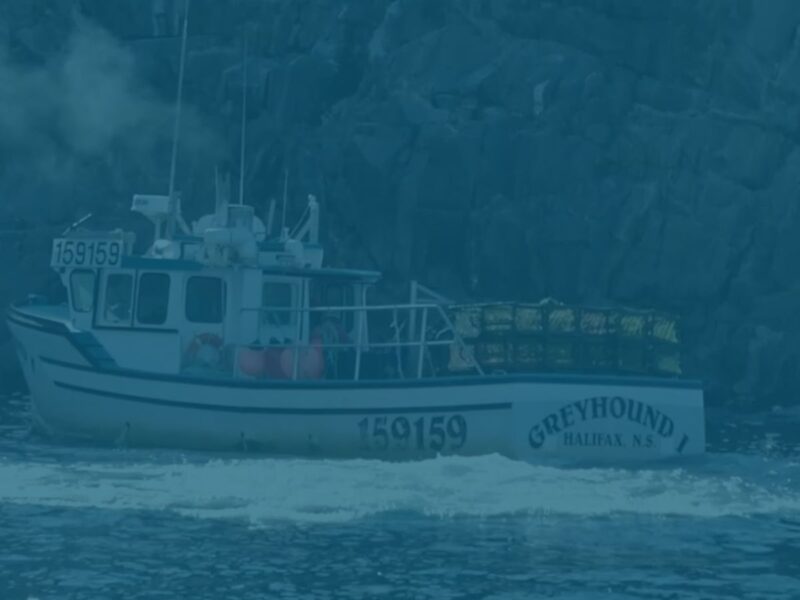
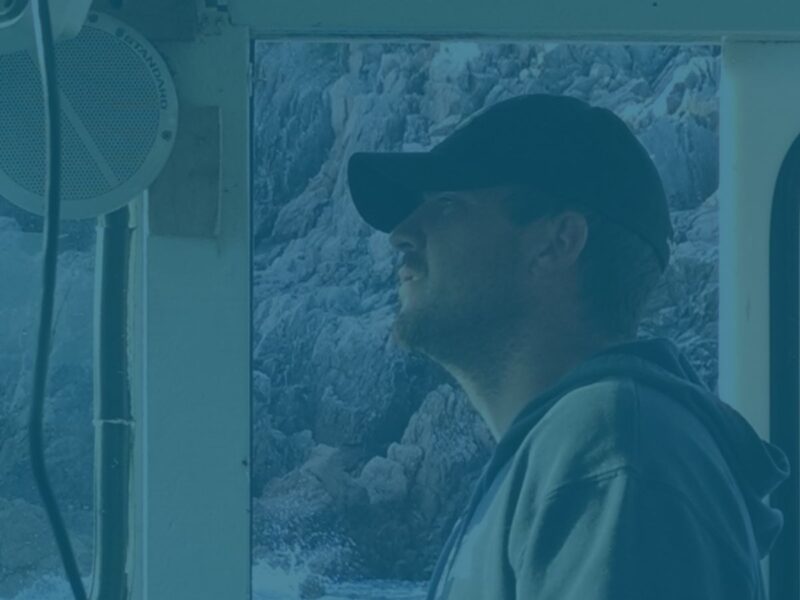
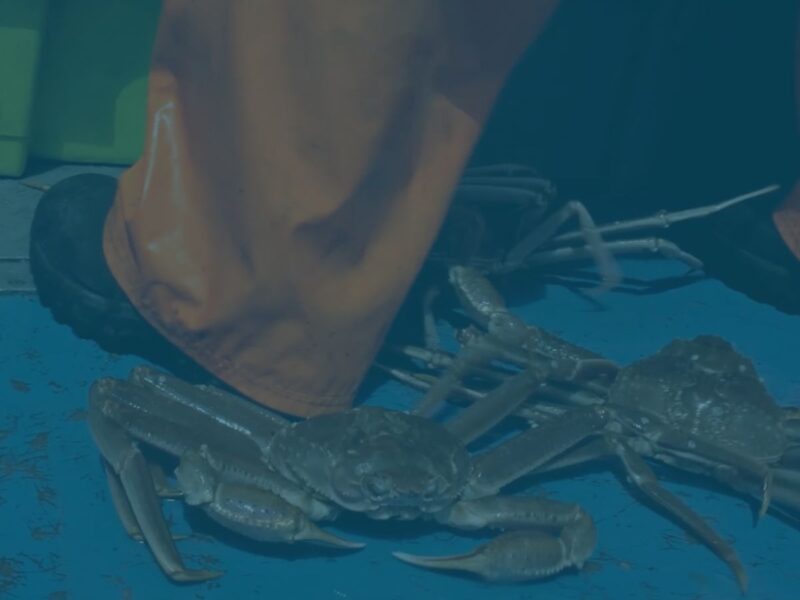


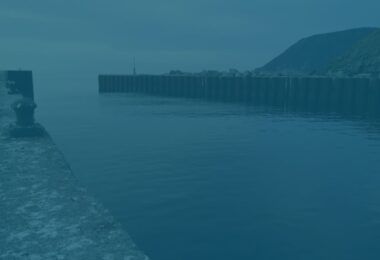
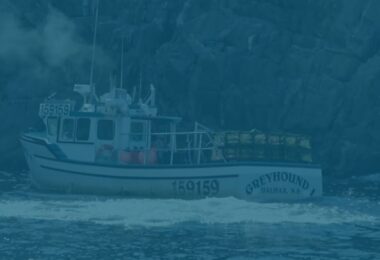
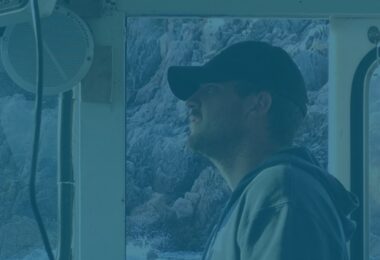
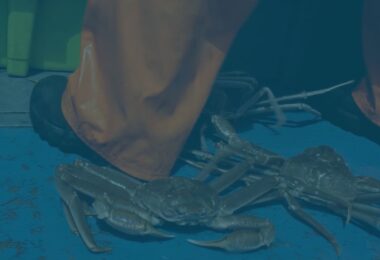
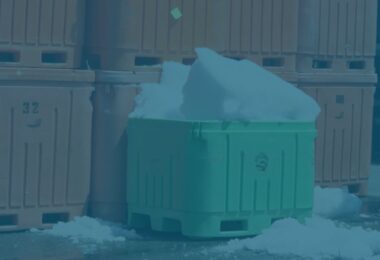
No comments